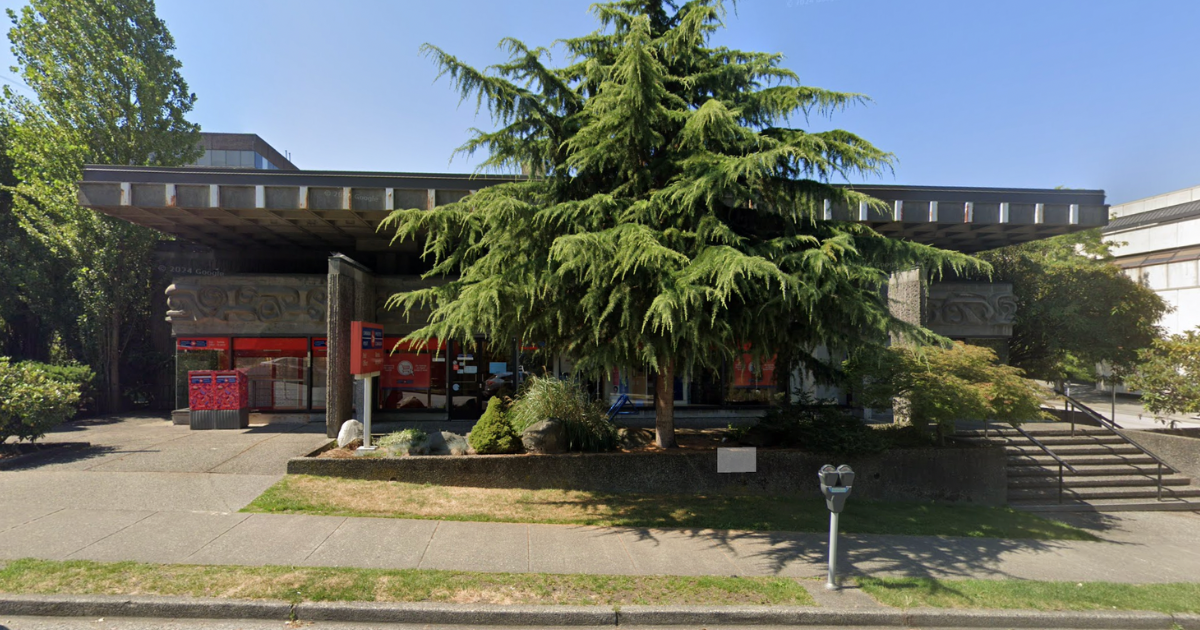Water expands when it freezes. This is actually a good thing! If it were not the case, ice would sink instead of float and ultimately lakes and rivers in cold climates would freeze solid from the bottom up. There could be no aquatic life.
For plumbing systems, water expansion is not so desirable. Freezing pipes may split from the water expansion. Even if a pipe does not split, the ice will block the flow of water. This is likely the first sign that you may have a frozen pipe.
In most cases, a pipe will be frozen only in a small area. If there is no damage, you can just thaw it out and you will be back in business.
How to deal with frozen water pipes:
- First, do no harm. If the pipe has split and you thaw it out, you may suddenly have a whole lot of water spraying out. The ice plug may be doing you a favour. If you know where the pipe is frozen, inspect it carefully for splits before you thaw. If it is split, call a plumber and shut off the water to the house.
- Have a backup plan. Check your main water shut-off valve. Make sure you will be able to shut the water off quickly if necessary. Operate the valve to make sure it’s not stuck or damaged.
- Patience is a virtue. The only good way to thaw a pipe is to do it slowly. Never apply a blowtorch. You may create trapped steam that will suddenly burst out. Also, you may cause damage by melting a solder joint or melting a plastic valve fitting. Gentle heat such as a space heater or hair dryer is a better approach. If the frozen pipe is under a sink, simply opening the cabinet doors may let in enough heat from the room to thaw the pipes.
- If in doubt, call a plumber. While calling a plumber about frozen pipes is never the wrong thing to do, the following situations definitely require a plumber:
- You can’t find where the pipe is frozen.
- You suspect that your water main is frozen.
- The frozen pipe has a split and will require repair.
- Your main shut-off valve is corroded and stuck. If your pipes start leaking after you thaw them out, you will have no way to stop the flow.
Now that you know how to deal with frozen water pipes, and your pipes have safely thawed, how are you going to keep them from freezing again? Maybe you just forgot to turn on a heater in the crawlspace or you left a hatch open. Or maybe the solution is more elusive and will require some thinking.
Here are a few possible solutions to prevent your pipes from freezing again:
- Add some heat – often the most effective short-term solution is to add a heat source to get you through the winter.
- Get some household heat into the area. For example, if the frozen pipe was under a kitchen sink, leave the cabinet doors open on very cold days.
- Add a space heater in a crawlspace near problem pipes.
- There are more elegant solutions involving heat tape and pipe wrap. This is a job for a plumber.
- Seal the air leaks. A common cause of pipe freeze is air leakage – cold air streaming in through gaps around windows or hatches. This is easy to fix with weather strip and caulking.
- Insulate. Insulating is more complicated. Furthermore, if you don’t do it right, you could make the problem worse. Stuffing a pile of blankets around the pipes may block household heat from getting to the pipes. An insulation contractor can recommend a solution for your specific problem.
If there is space to work with, add insulation and the appropriate air barrier and vapour retarder. Sometimes the existing insulation will have to be removed and replaced with more effective insulation with a higher R-value.
Dan Steward is president and CEO of Pillar to Post Professional Home Inspection. For more information, visit PillartoPost.com.
















